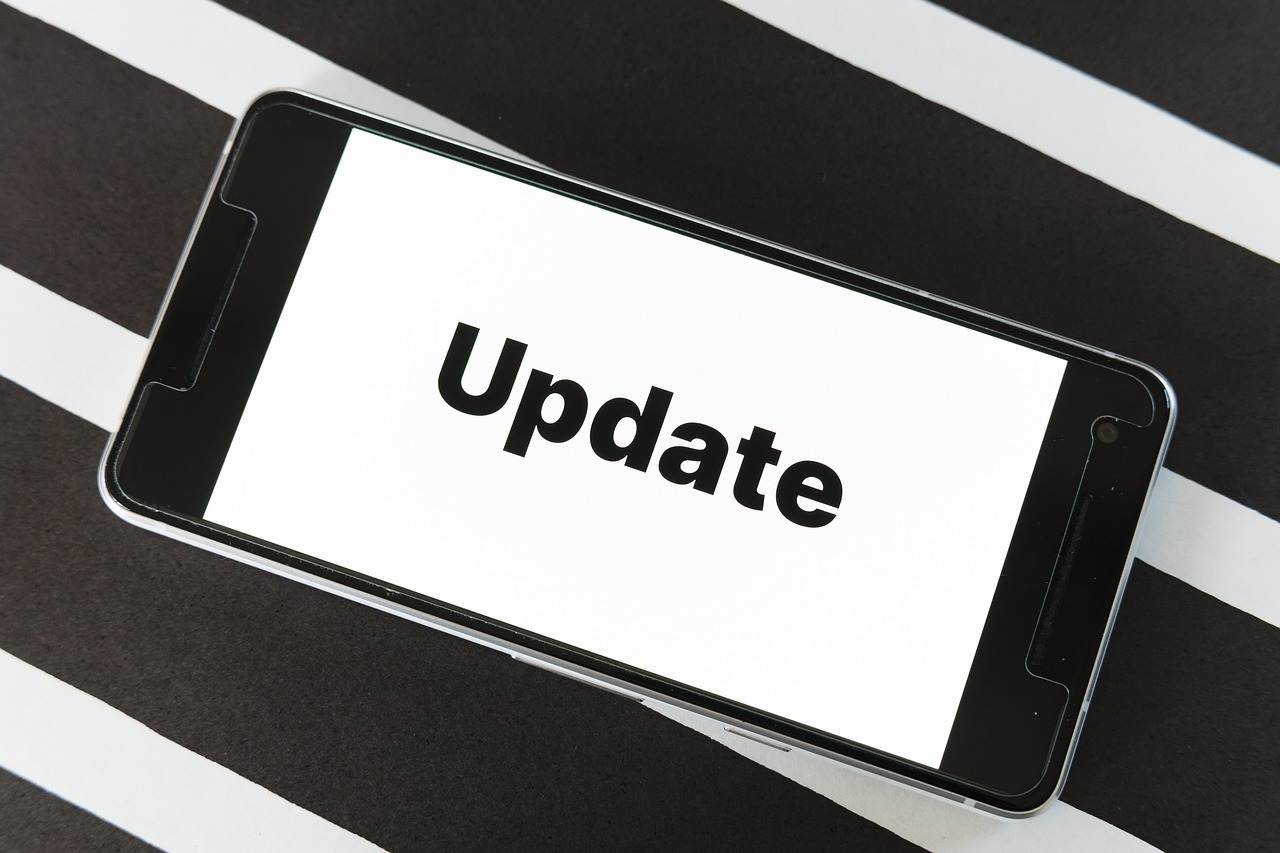The adoption rate of iOS 17 is considerably slower compared to its predecessor, iOS 16. Despite being the latest version, iOS 17 lacks significant new features that would incentivize users to upgrade, resulting in this trend. Users are not finding compelling reasons to switch to the newer operating system, leading to slower adoption rates.
One possible reason for the slower uptake of iOS 17 is compatibility issues. Some users may be hesitant to upgrade due to concerns about compatibility with their older devices or apps. They may fear that updating to iOS 17 could cause performance issues or render certain apps unusable. This hesitation contributes to the slower adoption rates compared to the previous iOS version.
Lack of compelling features
Despite being the latest version, iOS 17 is facing slower adoption rates compared to its predecessor, iOS 16. One of the main reasons behind this trend is the lack of compelling features that would incentivize users to upgrade.
When iOS 16 was released, it introduced several exciting and innovative features that captured users’ attention and encouraged them to upgrade. These features included an enhanced Siri voice assistant, improved camera capabilities, and a revamped Messages app with new expressive features. However, iOS 17 fails to bring forth similarly captivating additions.
Without any standout features, users may feel less motivated to upgrade to iOS 17. After all, why go through the hassle of updating their devices when there is no significant benefit or improvement awaiting them? This lack of compelling features is undoubtedly a contributing factor to the slower uptake of iOS 17.
To put it simply, iOS 17 feels like a minor update rather than a major leap forward. While it may include some under-the-hood improvements and bug fixes, these enhancements do not generate the same level of excitement as groundbreaking features do. As a result, users may choose to stick with iOS 16, which already provides a satisfactory user experience without the need for an immediate upgrade.
Furthermore, the lack of compelling features in iOS 17 also has implications for developers. Without significant updates to the operating system, developers may be less motivated to create new and innovative apps that take advantage of the latest capabilities. This further perpetuates the cycle of slower adoption rates, as users are less likely to upgrade when there are no exciting new apps to explore.
In conclusion, the slower uptake of iOS 17 can be attributed to the lack of compelling features that would entice users to upgrade. Without any standout additions, users may feel content with their current iOS 16 experience and see no urgency to update. This trend not only affects user adoption but also impacts developers who rely on a vibrant and engaged user base to drive innovation in the app ecosystem.
Compatibility issues
One of the reasons for the slower adoption rate of iOS 17 compared to its predecessor, iOS 16, is compatibility issues. Some users may be hesitant to upgrade to iOS 17 due to concerns about compatibility with their older devices or apps. This hesitation leads to a slower uptake of the latest iOS version.
With each new iOS release, Apple introduces updates and changes that may not be fully compatible with older devices. This can result in certain features not working properly or even causing performance issues. Users who rely heavily on their older devices may be reluctant to upgrade to iOS 17 if they fear that it will negatively impact their device’s performance or functionality.
In addition to compatibility concerns with older devices, some users may also encounter compatibility issues with their favorite apps. Developers need time to update their apps to be fully compatible with the latest iOS version, and this process can take some time. Users who heavily rely on specific apps may choose to delay upgrading to iOS 17 until their favorite apps are fully compatible.
To address these compatibility concerns, Apple typically releases updates and patches to address any compatibility issues that arise with new iOS versions. However, it may take some time for these updates to be released, and users may prefer to wait until they are confident that their devices and apps will work seamlessly with the latest iOS version.
In conclusion, compatibility issues can act as a deterrent for users when it comes to upgrading to iOS 17. Concerns about compatibility with older devices and apps can lead to a slower adoption rate compared to previous iOS versions. Apple’s efforts to address compatibility issues through updates and patches can help alleviate these concerns over time.







